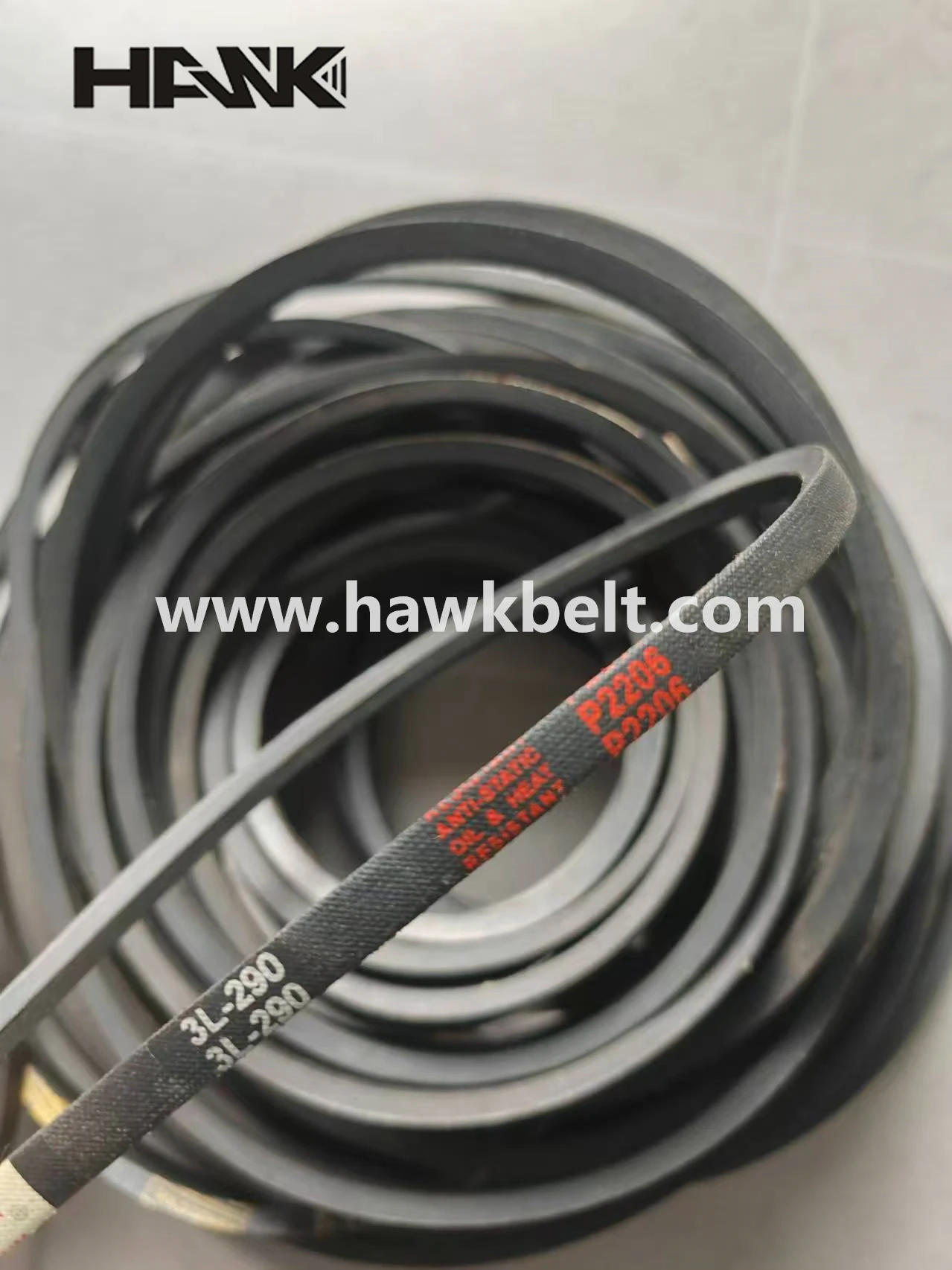- Arabic
- French
- Russian
- Spanish
- Portuguese
- Turkish
- Armenian
- English
- Albanian
- Amharic
- Azerbaijani
- Basque
- Belarusian
- Bengali
- Bosnian
- Bulgarian
- Catalan
- Cebuano
- Corsican
- Croatian
- Czech
- Danish
- Dutch
- Afrikaans
- Esperanto
- Estonian
- Finnish
- Frisian
- Galician
- Georgian
- German
- Greek
- Gujarati
- Haitian Creole
- hausa
- hawaiian
- Hebrew
- Hindi
- Miao
- Hungarian
- Icelandic
- igbo
- Indonesian
- irish
- Italian
- Japanese
- Javanese
- Kannada
- kazakh
- Khmer
- Rwandese
- Korean
- Kurdish
- Kyrgyz
- Lao
- Latin
- Latvian
- Lithuanian
- Luxembourgish
- Macedonian
- Malgashi
- Malay
- Malayalam
- Maltese
- Maori
- Marathi
- Mongolian
- Myanmar
- Nepali
- Norwegian
- Norwegian
- Occitan
- Pashto
- Persian
- Polish
- Punjabi
- Romanian
- Samoan
- Scottish Gaelic
- Serbian
- Sesotho
- Shona
- Sindhi
- Sinhala
- Slovak
- Slovenian
- Somali
- Sundanese
- Swahili
- Swedish
- Tagalog
- Tajik
- Tamil
- Tatar
- Telugu
- Thai
- Turkmen
- Ukrainian
- Urdu
- Uighur
- Uzbek
- Vietnamese
- Welsh
- Bantu
- Yiddish
- Yoruba
- Zulu
Окт . 19, 2024 12:01 Back to list
tooth belt drive
Understanding Tooth Belt Drive Systems
Tooth belt drives, widely known as timing belts or synchronous belts, play a critical role in various mechanical systems by providing an efficient means of transferring power between rotating shafts. Their design ensures precise timing and synchronization between components, making them essential in applications ranging from automotive engineering to manufacturing machinery.
Composition and Design
A typical tooth belt is made from a flexible rubber or polyurethane material featuring longitudinal internal teeth. These teeth mesh with corresponding grooves on the pulley, ensuring a secure grip that prevents slippage. Unlike traditional V-belts, which operate on a friction basis, tooth belts rely on positive engagement, allowing for consistent speed ratios and precise motion control.
Tooth belts are designed to accommodate high levels of torque and can operate at varying speeds, which makes them applicable in numerous settings. The configuration of the teeth varies based on the specific application, with designs such as trapezoidal and round tooth profiles widely used.
Advantages of Tooth Belt Drives
One of the most significant advantages of tooth belt drives is their efficiency. Since they minimize slippage and vibrations, they can transmit power with high precision, making them ideal for applications where accuracy is paramount. This characteristic is particularly advantageous in automotive timing systems, where maintaining the precise relationship between the crankshaft and camshaft is crucial for optimal engine performance.
Moreover, tooth belts are relatively quiet during operation compared to chain drives or gear systems. This feature makes them favorable in environments where noise reduction is essential, such as in office equipment or household appliances.
Another benefit of tooth belt systems is their low maintenance requirement. Unlike chains that require regular lubrication and tension adjustments, tooth belts operate cleanly and do not require lubrication, thus minimizing maintenance efforts and extending their lifespan.
tooth belt drive

Applications of Tooth Belt Drives
Tooth belt drives are employed in various industries due to their versatility and reliability. In the automotive sector, they are commonly used in engines to synchronize the timing of the crankshaft and camshaft. A failure in this system can lead to significant engine damage, emphasizing the importance of high-quality tooth belt systems.
In manufacturing, tooth belt drives are crucial in conveyor systems and automated machinery, where they facilitate precise movement and positioning of components. They are also utilized in 3D printers, CNC machines, and robotic systems where accurate and repeatable motion is necessary.
Additionally, they find applications in the entertainment industry in devices like turntables and digital cameras, where smooth and quiet operation is essential.
Challenges and Considerations
Despite their numerous advantages, tooth belt drives also present a few challenges. They can be sensitive to environmental factors such as temperature and humidity, which may lead to degradation over time. Therefore, proper material selection and application-specific design are crucial in ensuring their longevity.
Furthermore, while tooth belts offer precise motion, they may not handle large amounts of shock loads as well as chain drives or gear trains. In applications where high impact or sudden changes in load are routine, a thorough analysis should be conducted to determine if a tooth belt drive is the best option.
Conclusion
Tooth belt drives represent a dynamic and effective solution for mechanical power transmission, combining efficiency, precision, and low maintenance. As technology advances and industries evolve, the integration of tooth belt systems is likely to expand, continuing to play a vital role in the performance and reliability of machinery across various fields. Whether in automotive engineering, manufacturing, or automation, understanding the benefits and limitations of tooth belt drives is essential for engineers and designers striving for excellence in their projects.
-
Korean Auto Parts Timing Belt 24312-37500 For Hyundai/Kia
NewsMar.07,2025
-
7PK2300 90916-T2024 RIBBED BELT POLY V BELT PK BELT
NewsMar.07,2025
-
Chinese Auto Belt Factory 310-2M-22 For BMW/Mercedes-Benz
NewsMar.07,2025
-
Chinese Auto Belt Factory 310-2M-22 For BMW/Mercedes-Benz
NewsMar.07,2025
-
90916-02660 PK Belt 6PK1680 For Toyota
NewsMar.07,2025
-
drive belt serpentine belt
NewsMar.07,2025

